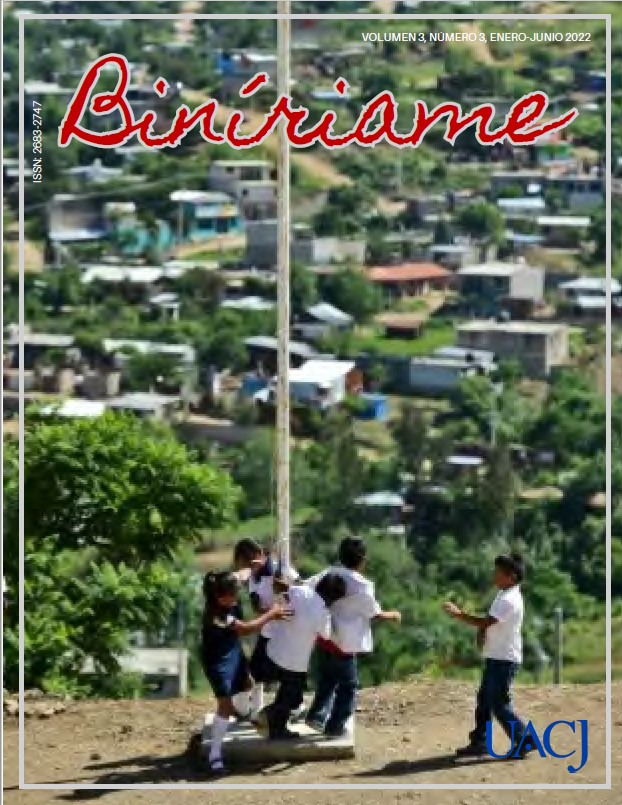¿Existe la forma correcta de dar clases? Estilos de enseñanza y enseñanza superior en Cuauhtémoc
DOI:
https://doi.org/10.20983/biniriame.2022.1.4Palabras clave:
Enseñanza, Estilos de enseñanza, EstrategiasResumen
En la práctica docente una de las principales interrogantes es la búsqueda de la “formula secreta” o la “poción mágica” para que todos nuestros alumnos aprendan, y que el trabajo frente a grupo sea el mas satisfactorio. El presente texto da cuenta de un ejercicio de búsqueda de respuesta a ese cuestionamiento en el nivel superior: cuáles son los elementos deseables en el perfil del maestro y cuáles actividades son más efectivas para alcanzar los aprendizajes esperados. La pregunta de investigación se orientó a identificar si ciertas estrategias planteadas por el docente en el contexto del aula de educación superior (en un programa de posgrado de la Universidad Autónoma de Ciudad Juárez) son determinantes para que el alumno aprenda o no. Los instrumentos de investigación se aplicaron en dos grupos de estudiantes con diferentes maestros, pero impartiendo la misma asignatura. Uno de ellos se identificó como grupo de control (dado que el docente recibió una colección de estrategias didácticas curadas conforme el Modelo Educativo UACJ 2020) y el otro como grupo base (en el que el docente diseñó y aplicó sus propias estrategias sin contar con el insumo mencionado. Los resultados se orientan hacia la conclusión de que la diversidad en las actividades que los maestros realizan apoya y facilita la construcción de aprendizajes significativos entre los estudiantes. Por ello se concluye que no se puede generar un estilo único de enseñar.
Citas
Castro Pérez, M., & Morales Ramírez, M. E. (2015). Los ambientes de aula que promueven el aprendizaje, desde la perspectiva de los niños y niñas escolares. Revista Electrónica Educare,, 1-32.
Habernas, J. (1994). La teoria de la acción comunicativa, complementos y estudios previos. Madrid : Cátedra.
Hernández, R., Fernández, C., & Baptista, M. d. (2014). Metodología de la Investigación. México: McGRAW-HILL.
Janesick, V. J. (1998). ”Stretching” exercises for qualitative researchers. Thousand Oaks.
Restrepo Gómez, B. (2007). UNA VARIANTE PEDAGÓGICA DE LA INVESTIGACIÓN-ACCIÓN EDUCATIVA. Revista Iberoamericana de Educación.




